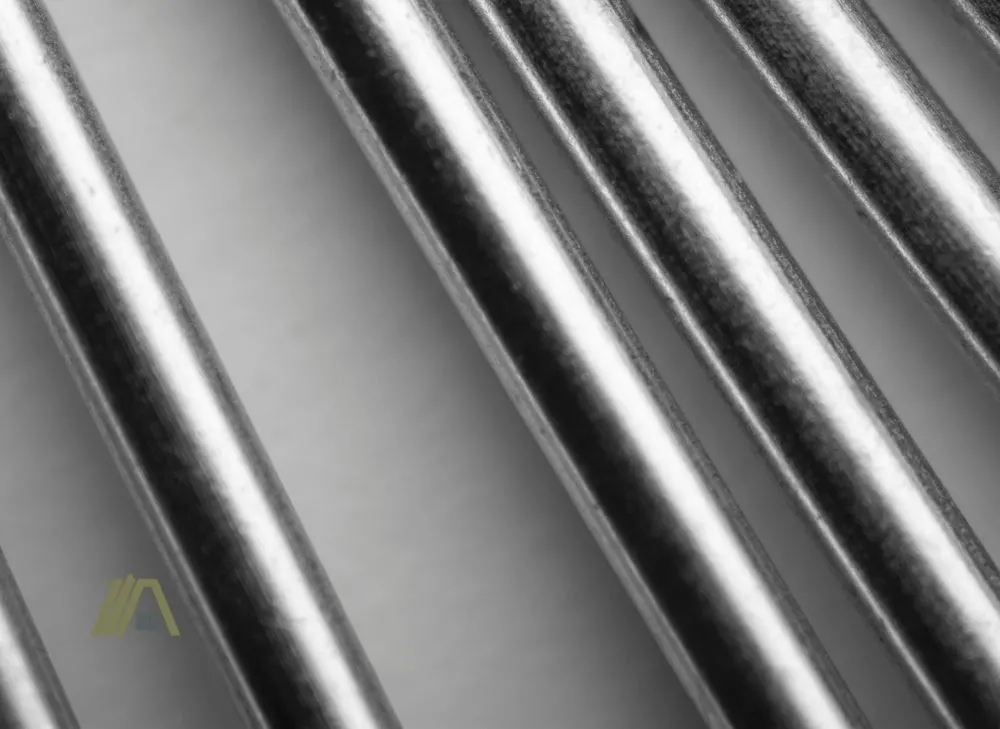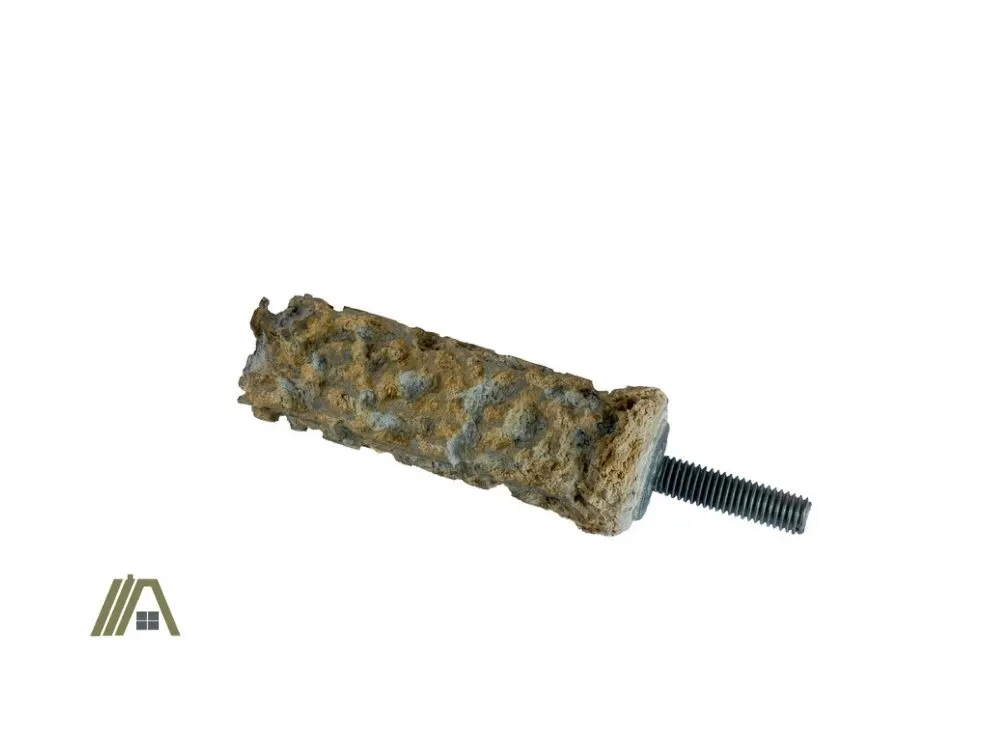If you own a water heater, there’s a good chance you gave a magnesium anode rod installed in the tank. But as the time to replace it gets closer and closer, you may begin to wonder if it wouldn’t be better to get a new powered anode rod. However, getting the wrong anode rod is almost as bad as getting none at all.
Let’s look into these two different types of anodes and compare how they work, how costly they are, and what type of water they will work best in.

Powered anode rods adapt to different water types, so they are ideal for hard, softened, or smelly water. They have a long lifespan and require minimal maintenance, but they are quite pricy. Magnesium rods only last 3-5 years, but they work great with softened water and can add health benefits to it.
How Do They Work?
Anode rods are metal rods that sit within your water heater tank in order to protect it from ions in the water that would otherwise cause it to corrode.

Although both powered and magnesium anodes rods serve this purpose, they have entirely different ways to achieve it.
Powered Anode Rod
These rods depend on electrical current, which flows through them and produces impulses that repel corrosive elements from accumulating on the lining of the water heater tank.
Anaerobic bacteria, which lead to the rotten egg smell in your water, are killed by these electrical impulses as well.
Magnesium Anode Rod
Magnesium anode rods are standard sacrificial rods. Magnesium is a less-noble metal that corrodes easier than steel and iron (which make up water heater tanks). That means that in order to protect the water heater from corrosion, these rods degrade themselves.
The anaerobic bacteria in the water use the electrons produced by this metal corrosion to form hydrogen sulfide gas, which is responsible for that distinct rotten egg odor.
Powered Anode Rods Have a Longer Lifespan
The average life span of a magnesium anode can range from 3 to 5 years. Its lifespan naturally depends on the quality of water that the rod is used in. If the rod is used in hard water, it will degrade much quicker than it would in soft water.

However, powered rods do not corrode at all and can last for longer than 6 years, often as long as 20 years regardless of the quality of the water.
Cost Comparison
Powered anode rods can be quite pricey as they tend to cost between $100 to $250. However, they will only need to be replaced every so often.
The cost of their electricity consumption shouldn’t be too high either as they tend to use only a small amount of current. For example, Corro-Protec rods (amazon link) are said to use 10 kWh per year on average, making their running cost less than $2 per year.
But of course, their energy consumption will ultimately depend on the exact model of the rod and the hardness of the water.
Magnesium anode rods can range between $30 and $75, they are cost-effective in the short term of things, but you would need to replace them almost every 3 years. This adds up.
Need to Factor in the Cost of Replacements
The replacement of either of these anode rods does not have to be pricey as it can be done by you, the consumer.
The trickiest part of replacing anode rods is removing them if they are seized (this only happens with sacrificial anodes) or trying to maneuver them around the water tank, as those are often found installed in small spaces.
Should you decide to have a professional replace the rods, it can cost around $250 to $300. Yikes!
The replacement process and the cost of replacement do not differ too much for these two anodes. However, keep in mind that magnesium rods need to be replaced every few years, so the money you will spend on this task will quickly add up.
What Type of Water Do They Work Best In?
Hard water has a high concentration of minerals such as calcium, magnesium, bicarbonates, and sulfates. In comparison, soft water has very few concentrations of the mentioned minerals.
Hard or smelly water would benefit more from a powered anode rod.
Softened water will benefit from using the standard sacrificial magnesium anode rod. Water softeners release a lot of ions into the water. The highly reactive nature of magnesium means that these rods are able to keep up with the number of ions present in softened water. The other side of this is that they will degrade much faster.
Powered anode rods, on the other hand, are designed to be able to adapt to different water types, and so they are well able to handle these more challenging environments.
Table Summary
| Powered Anode Rod | Magnesium Anode Rod | |
| Cost | Expensive, usually $100-$250. | Cost-effective – $75 average cost. |
| Maintenance | No maintenance. | Need to replace every 3 years. |
| Lifespan | 6 to 20 years. | 3 to 5 years. |
| Works for hard water | Yes. | No, not strong enough. |
| Works for softened water | Yes, recommended. | Yes. |
| Works for smelly/well water | Yes, it eliminates the smell. | No. |
Sources
https://www.waterheaterhub.com/powered-anode-rod/
https://www.youtube.com/watch?v=H3nbfnm3iEc
https://kylesgarage.com/powered-anode-rod-vs-sacrificial-anode-rod/
https://www.britannica.com/science/hard-water
https://www.nebraskyplumbing.com/everything-you-need-to-know-about-a-water-heater-anode-rod/
https://www.corroprotec.com/blog/ufaqs/what-is-the-annual-power-consumption-of-corro-protec/

